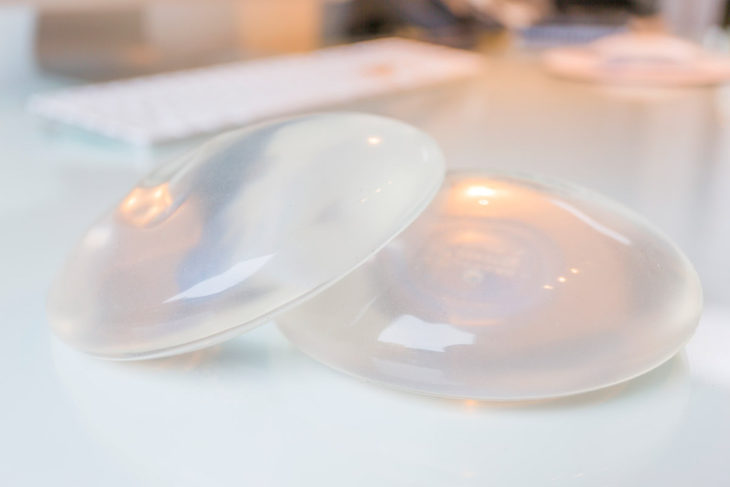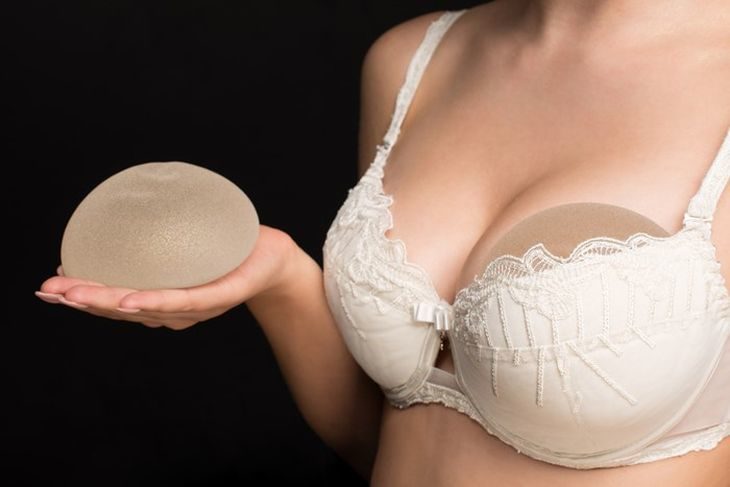Although there are a few exceptions, the majority of women with breast implants can breastfeed. Ultimately, whether a woman is able to breastfeed after implant surgery is determined by two factors; the condition of their breasts prior to surgery and the type of incision employed during surgery.
Breast implants may also impair the volume of breast milk you can produce. However, in some cases, there is no change in milk production volume.
Reversely, you might be concerned about how breastfeeding will affect your implants. Your breasts will likely change in size and form during pregnancy and after breastfeeding.
Learn more about breastfeeding while using implants from Cosmetic Surgery Solicitors.

Source: americanboardcosmeticsurgery.org
Contents
What are implants?
Breast implants are soft silicone structures that are inserted under the skin to enlarge and alter the shape of breasts. Most breast implants consist of a silicone shell filled with silicon gel, however some also contain saline (salt water). Silicone is a mixture of artificial chemicals created from silicon (a naturally occurring element found in sand). Silicone is frequently referred to as having minimal toxicity in manufacturing and has a variety of purposes in business (insulation sealants), medicine (tubing), and the home (kitchenware, bottle teats, toys). But silicone has been linked to a lot of health problems within the human breast itself.

Source: nbcnews.com
Effect of Implants on Breastfeeding
You can breastfeed with implants, however it does depend on the implants’ size, location, and the kind of surgery you underwent to have them fitted. You shouldn’t have any issues nursing if the incisions are made through your armpit or under your breast fold.
Implants are typically positioned beneath the chest muscles or below the milk glands, either of which has no impact on milk production. However, your ability to breastfeed may be impacted by the location and depth of the incision used during your surgery.
Surgery that preserves the areola (the dark spot surrounding your nipple) is less likely to result in complications.
When breastfeeding, the nerves near your nipples are crucial. The hormones prolactin and oxytocin are released more readily when a baby is sucking on the breast. Breast milk production is triggered by prolactin, whereas dispensing is triggered by oxytocin. Any sensation is lessened when these nerves are injured or impaired. Incisions made via the armpit, belly button, or under the breast are less likely to affect nursing.
You will not truly know whether your breast implants have affected your ability to breastfeed until you try. You might be able to provide part of the milk your baby needs on your own, and then need infant formula milk as a supplement. If you have breast implants, it’s a good idea to let your doctor or health visitor know so they can monitor your baby’s weight and make sure they’re getting enough milk.
Breastfeeding is still viable with implants, however a mother’s ability to produce a sufficient amount of milk may be impacted. The following factors determine whether a mother will have a full or limited milk supply:
- The type of surgery performed
- The degree of nerve or breast tissue injury
- The presence of milk duct scarring
- The amount of functional milk-producing (glandular) tissue both before and after the procedure
Success in breastfeeding depends on having the appropriate knowledge about effective latch, positioning, and breastfeeding care, just like it does with any breastfeeding experience.

Source: ttnbabywarehouse.com
Different surgical techniques
To place a breast implant, there are numerous different surgical methods available. Under the breast, in the armpit, around the nipple, through the belly button, and through the abdomen are the five incision sites that are most frequently used. It is believed that incisions made in the armpit or under the breast have less effect on milk production. The following briefly explains each technique:
- Under the breast (inframammary technique). The implant is inserted beneath the breast tissue or muscle after an incision is made in the breast. When the incision is in the inframammary fold or wrinkle, the scar might not be noticeable (where the breast meets the chest wall). This method has less of an effect on milk production because it preserves the glandular tissue and nerves.
- Under the arm (axillary enlargement or transaxillary technique). Using this method, an incision under the arm close to the armpit is used to put the implant under the muscle. Saline implants are frequently preferred underneath the muscle (Wambach and Spencer, 2019). Since the treatment preserves the glandular tissue and nerves, scarring is typically undetectable.
- Around the nipple (periareolar incision technique). Cutting sufficiently deeply around the nipple and areola will allow the implant packet to be inserted. Although scarring is lessened when the areolar is cut, these incisions are linked to decreased nipple stimulation and breastfeeding challenges. According to one study, women who underwent this kind of treatment were nearly five times more likely to experience nursing issues since their ducts, glandular tissue, and nerves had been harmed.
- Through the belly button (transumbilical or periumbilical). The implant is positioned in the breast above the muscle after being inserted through a stomach button incision. This procedure is exclusively utilised for saline implants and is rarely employed. There are no incisions made around the breast tissue or nerves, however positioning the implant could still harm the breast tissue a little.
- Through the abdomen (transabdominal insertion) may be used for smaller implants or for patients requiring a tummy tuck at the same time as a breast implant

Source: plasticsurgery.org
Are there any side effects?
Your implants could cause you to have a few negative effects, such as severe breast engorgement (when your breast is hard, swollen and feels full). The pain and fever you experience from mastitis may be worse than expected. Speak to your midwife, health visitor, or GP if any of these symptoms cause concern. With these potential difficulties in mind, a mother breastfeeding with implants should take extra care to get breastfeeding off to a good start so she can maximise her milk supply.
